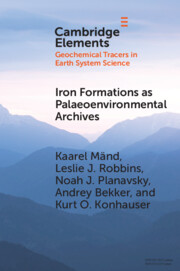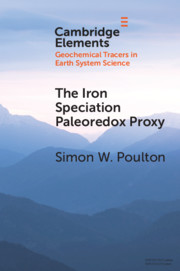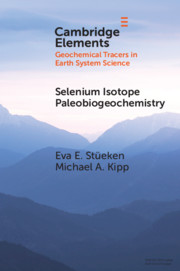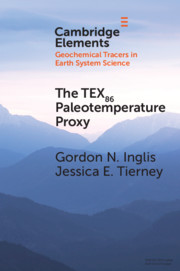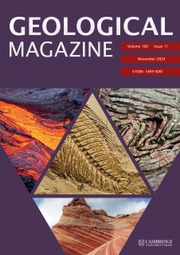Iron Formations as Palaeoenvironmental Archives
Ancient iron formations - iron and silica-rich chemical sedimentary rocks that formed throughout the Precambrian eons - provide a significant part of the evidence for the modern scientific understanding of palaeoenvironmental conditions in Archaean (4.0–2.5 billion years ago) and Proterozoic (2.5–0.539 billion years ago) times. Despite controversies regarding their formation mechanisms, iron formations are a testament to the influence of the Precambrian biosphere on early ocean chemistry. As many iron formations are pure chemical sediments that reflect the composition of the waters from which they precipitated, they can also serve as nuanced geochemical archives for the study of ancient marine temperatures, redox states, and elemental cycling, if proper care is taken to understand their sedimentological context.
Product details
January 2022Paperback
9781108995290
75 pages
229 × 152 × 3 mm
0.073kg
Available
Table of Contents
- 1. Introduction
- 2. Iron Formations as Geochemical Proxies
- 3. Palaeotemperature
- 4. Nutrient Availability
- 5. Palaeoredox
- 6. Bulk vs. In-situ Analysis
- 7. Comparison of IF, Shale, and Carbonate Mo Records: A Case Study
- 8. Outlook.

